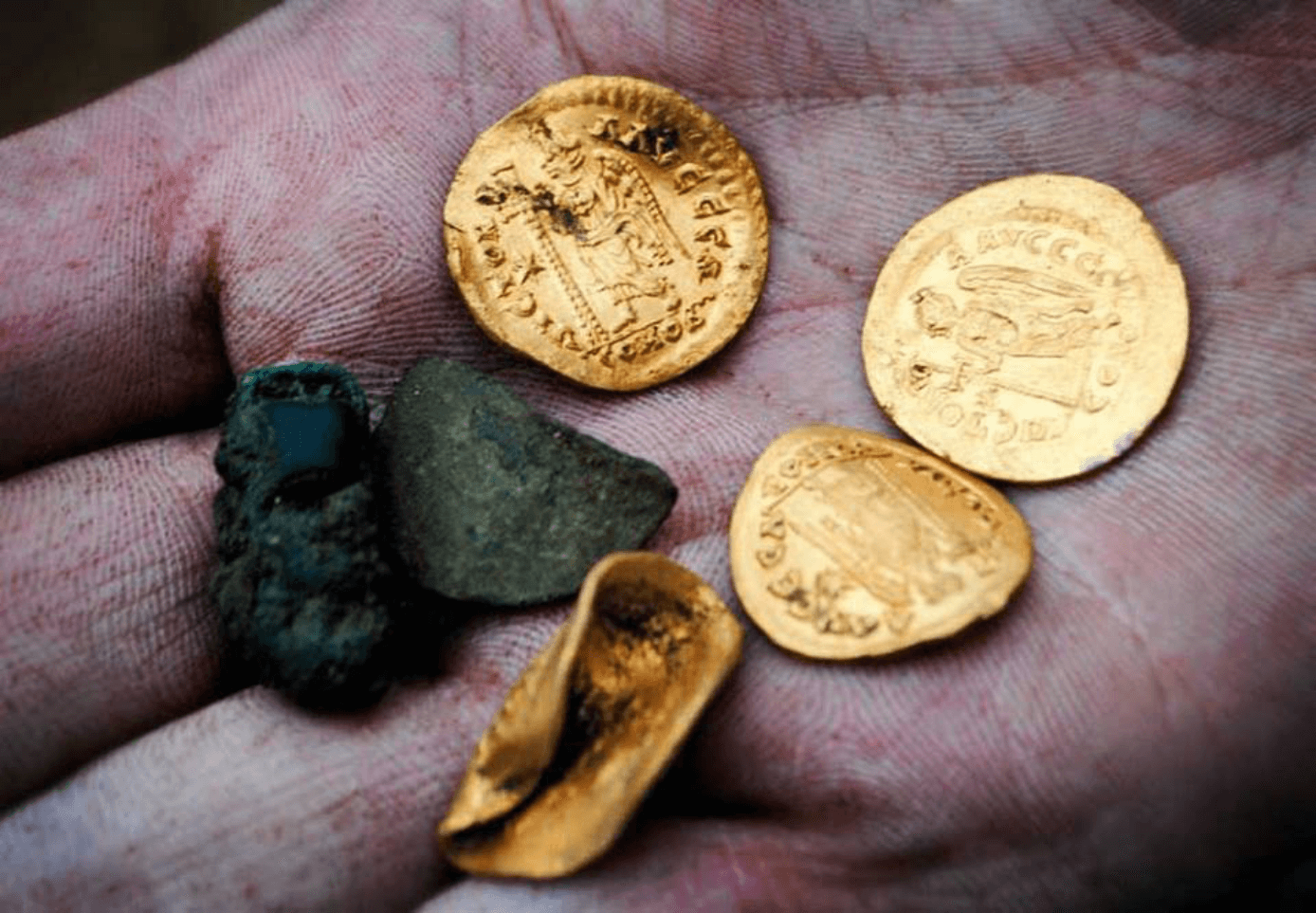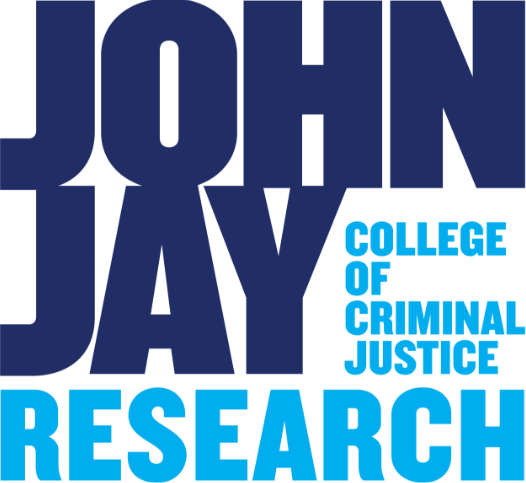The Global Mapof Organized Crime
Tackling organized crime wherever it spreads
Researchers: Mangai Natarajan, Jana Arsovska, Yuliya Zabyelina, Erin Thompson
Author: Michael Friedrich
Over the last few decades, rapid globalization has brought globalized crime. “The increased rate of transnational organized crime, particularly in connection to the narcotics trade, has become a distinct security threat at the societal, national, regional, and international levels,” said Dr. Mangai Natarajan, former director of the International Criminal Justice program at John Jay College of Criminal Justice.
Natarajan is a pioneer in the field of transnational organized crime studies, which examines the activities of criminal groups that operate across geographic borders seeking power, money, and influence. They include not just mafia-type cabals but also terrorist organizations and more loosely-affiliated groups. Current researchers suggest that organized crime consists of a much larger number of small criminal enterprises, often transitory in nature, that develop to exploit opportunities for illegal profit.
Those opportunities can include everything from trafficking in drugs and sex to money laundering, extortion, illegal mining, environmental crime, wildlife crime, and looting of cultural sites, Natarajan explained. “New forms of organized crime have emerged in response to new opportunities for criminal profits, resulting from globalization and technological development,” she said. They can destabilize whole regions, even whole nations.
The field has come a long way. When Natarajan began her career at John Jay, 25 years ago, scholars were less confident in their understanding of transnational organized crime, and few central texts existed to guide research. She has since edited several volumes and written countless publications on international and transnational crime and justice—with contributions from a host of John Jay scholars—that have become touchstones in the field.
The study of transnational criminal organizations is crucial to global safety, Natarajan said. It is important to build knowledge about how they are evolving, so policymakers can develop informed responses. Today, an array of John Jay researchers are mapping the landscape of organized crime across the globe.
CRIMINAL GROUPS ON THE MOVE
International criminologist Dr. Jana Arsovska has been a member of the John Jay community since 2009, studying Balkan and Albanian organized crime. A native of North Macedonia, part of the former Yugoslavia, Arsovska was drawn to the study of organized crime because she saw firsthand how unrest in the region allowed the emergence of groups engaged in smuggling and other illicit activity. In 2001, before Arsovska was a researcher, she owned a café in North Macedonia that was subjected to extortion by local criminal groups.
Today, Arsovska studies the features of such groups, including criminal mobility, or the way groups move across territories. Developed countries often believe organized crime is an imported phenomenon. “They think it’s an Italian thing, it’s a West African thing,” she explained. “We want to talk about organized crime as if it’s this sinister entity coming from foreign regions to threaten the civilized Western world.”
Her research suggests that’s not the case. A 2016 study by Arsovska, funded by the National Institute of Justice (NIJ), looked at Albanian organized crime groups in New York City to learn whether they were recently transplanted from their home country or more firmly established locally. By interviewing Albanian offenders and New York City law enforcement officials, she found that groups tend to be home-grown. “Strategic transplantation is a rare phenomenon,” she said. “The ties are very weak.”
Arsovska is also working with a team of John Jay researchers to map the structure of drug markets on the Darknet (a non-indexed network of websites) in order to identify major players in the sale of fentanyl. The team received nearly $600,000 from the NIJ to develop a tool that will give criminal justice agents insight into the networks at play in this ever-shifting market, to concentrate their efforts on actors key to disrupting the drug trade.
In all of her work, the policy implications are of key importance. Arsovska hopes knowledge about transnational crime will lead to proper harm-assessment studies. “We have this big list of transnational crimes, but what is the real harm of each of these products that people demand?” she asked. Research can help policymakers focus on the crimes that really matter and decriminalize those that are less harmful.
CUTTING OFF TERRORIST FUNDING
Zabyelina has edited a new book, Illegal Mining: Organized Crime, Corruption, and Ecocide in a Resource-Scarce World, out in August 2020 from Palgrave Macmillan.
“The crime-terror nexus describes when organized crime groups, typically motivated by pursuit of economic gain, establish partnerships with terrorism organizations, which become interested in criminal activities for money rather than just ideology,” said Yuliya Zabyelina, an international criminologist who studies transnational organized crime and corruption.
Zabyelina has researched a range of topics under the umbrella of organized crime, including human and wildlife trafficking, illegal mining and trafficking in mined commodities (like diamonds and gold), and money laundering. Recently she has become interested in the linkages between organized crime and terrorism, looking into how terrorist groups seize opportunities for economic crime—like extortion, illegal oil trade, looting of cultural artifacts, and drug smuggling—to support themselves and fund their political agendas.
In a 2019 study, Zabyelina conducted a qualitative analysis of extortion methods by several terrorist organizations. “One of the organizations that showed incredible capacity to participate in criminal markets is ISIL (Da’esh),” she said. Her research shows that ISIL and other groups extorted tributes from local communities under the guise of “taxation,” in return for protection and “public services” they claimed to provide as a pseudo-state.
“If the state fails to provide vital goods and services to the population, citizens will seek them elsewhere,” said Zabyelina. Groups like ISIL gain legitimacy among local communities by managing a population’s needs in times of crisis.
A native of eastern Ukraine, Zabyelina has firsthand experience with situations of state failure and conflict. “I was a teenager when the Soviet Union broke up, and I experienced the state collapse with my own eyes, finding myself in a situation with no guarantees provided by a government that preyed on its own citizens,” she said. “People had little trust in state institutions and were often lured into organized crime.”
“The international community should help countries that experience state failure or conflict,” Zabyelina continued. That includes conflict zones and other crisis zones where the rule of law has broken down. Law enforcement agencies, as representatives of the state, must ensure that norms are not dictated by organized crime groups or terrorist organizations. “State-building approaches to curtailing organized crime and terrorism are the most cost-demanding, but in the long run they are the most fruitful in bringing positive change to society.”

Four gold coins with Latin inscriptions and design of a winged Victory, and fragments of a bronze statuette, collected by Erin Thompson from an online group for sellers of looted antiquities.
CRIMES OF ART
One lesser-known sphere of organized crime is the art world. That’s where Erin Thompson, the only full-time professor of art crime in the U.S., focuses her efforts. “Art crime is often transnational by nature,” Thompson explained. “For example, one of the latest things I’m working on is researching how a sculpture of a deity made in Nepal in the 14th century, stolen in the 1980s, ended up on display in a museum in Dallas.” As a result of her work, the museum is now in negotiations to return the sculpture.
Questions like this consume Thompson, who has also researched the way in which stolen art and cultural artifacts are used to fund criminal activities. Because of how artwork is valued in wealthy Western countries, crime groups often loot cultural objects from shrines, archaeological sites, and cemeteries in developing countries to sell on the international art market. Research also shows the art market can be used to launder money, since it lacks the regulations of, for example, the finance industry.
Terrorist groups also traffic in art-related crime. “We know that terrorist groups have destroyed art to intimidate civilian populations,” said Thompson. “ISIS, the Taliban, and other terrorist groups have also sold stolen antiquities in order to fund their terrorist activity.” In conflict areas like Palmyra, Syria, with once-robust tourist industries, these acts of destruction and theft make economic recovery challenging.
Because of how harmful these groups can be, Thompson is dedicated to raising awareness of this issue. “People think that stolen art is some tiny problem in the scale of things,” she said. “But actually, we know that there are a huge number of ways in which art crime is related to crime with human victims.”
Thompson has gone to Washington, D.C., to advise the federal government, presenting evidence that art looted from cultural sites has been used as an income source; her interactions with policy makers help them develop strategies to disrupt these revenue streams. “Something that I’m campaigning for when I talk to police forces, prosecutors, governmental authorities, and other professors of criminology at John Jay is to look at the art.” More knowledge about art can help law enforcement and prosecutors track down and seize the proceeds of illicit acts, and return them to victims.
Thompson also wants to educate collectors, whose participation in the market contributes to social harms and the destruction of important cultural artifacts. “It’s an education of consumers, just like blood diamonds, or ivory,” she said. “You don’t want to buy something that’s beautiful if your participation in the marketplace is harmful to other people.”
In the end, Thompson’s work is about preserving culture. That’s something we share as a human right, she said.
THE FUTURE OF TRANSNATIONAL JUSTICE
With such a diversity of research addressing today’s important questions about transnational organized crime and justice, Mangai Natarajan is sanguine about John Jay’s place in the field.
Students in the international criminal justice program are going into research and policy avenues across the country, said Natarajan. “They make a lot of difference because of their degree in ICJ.” She points to one example, a student who worked under her on a typology of drug-trafficking networks in New York City for his independent research project. He has gone on to work at the United States Agency for International Development. Natarajan says he’s one of many.
“This is all because of our program,” she said, “and what we have learned over 25 years at John Jay.” JJ
Feature: 2COMMUNIQUÉ
Crimes of Art Photo: Curtesy of Dr. Erin Thompson
